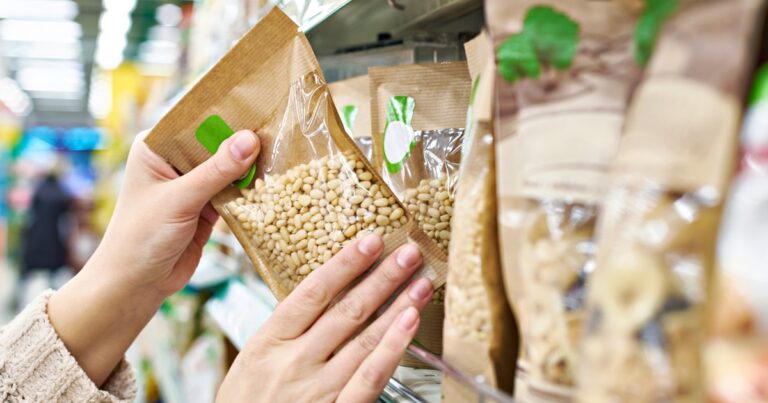Paper food packaging offers several cost benefits compared to plastic, particularly when evaluated over time within the broader context of environmental regulations, consumer expectations and disposal costs. Although plastic packaging may have a lower initial unit price in some cases, paper packaging offers significant long-term advantages that are making it an increasingly attractive option for food businesses:
Regulatory compliance
One of the key financial benefits lies in regulatory compliance. In the UK, for example, businesses are subject to the Plastic Packaging Tax, introduced in 2022, which imposes a levy on plastic packaging containing less than 30% recycled material. Companies using paper-based packaging avoid these additional costs entirely, thereby reducing their overall packaging expenditure. As plastic regulations continue to tighten, using paper packaging like restaurant packaging box helps businesses to remain compliant and avoid future tax liabilities or fines.
Consumer demand
Customers are increasingly drawn to brands that prioritise sustainability. Businesses using paper packaging can leverage this trend to attract and retain environmentally conscious consumers, who are often willing to pay slightly higher prices for products that are perceived as more sustainable. The added value perceived through eco-friendly packaging can translate into better margins and increased brand loyalty, offering important, albeit indirect, financial returns.
Operational costs
Paper is generally lighter than rigid plastic, which can result in reduced shipping and logistics expenses. Paper packaging can be more space-efficient for bulk distribution and retail display, especially in the form of stackable cartons or folded wraps, leading to optimised storage and transportation.
Lower disposal costs
Many local authorities offer paper recycling schemes, whereas plastic waste often requires specialised handling, particularly if it contains mixed materials or food waste. Therefore, restaurants, bakeries and takeaway businesses using paper packaging may find it easier and cheaper to meet municipal recycling guidelines.
Versatile sourcing and customisation
The sourcing and customisation of paper packaging have become more competitive in recent years. Advances in printing technologies and mass production enable high-quality branding on paper surfaces at reasonable cost. Paper materials are also compatible with compostable or biodegradable treatments, enabling businesses to meet sustainability goals without paying a premium.
While plastic may offer short-term savings in certain cases, paper packaging provides long-term cost benefits through regulatory savings, logistical efficiencies, improved customer perception and reduced environmental management costs, making it a financially sensible choice for many food-related businesses.
